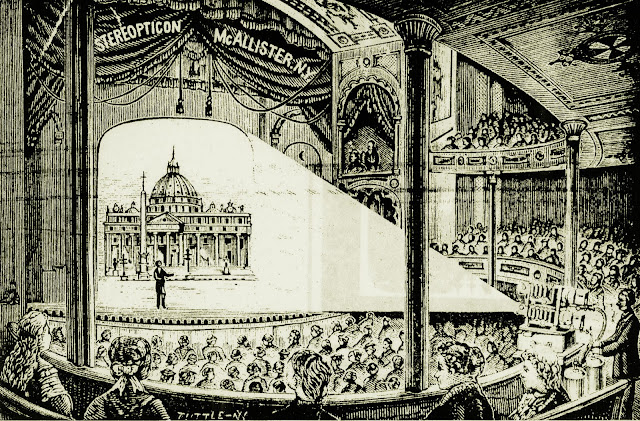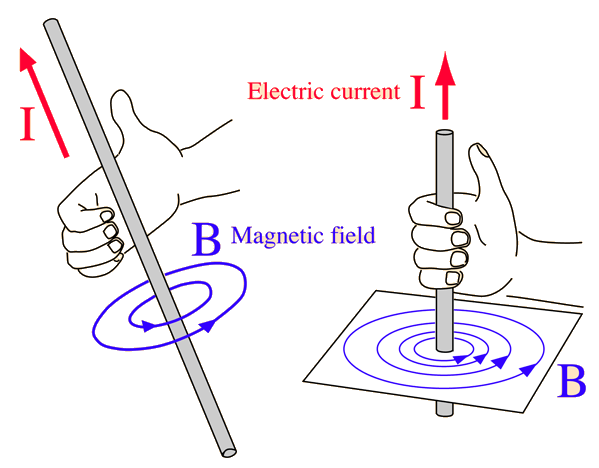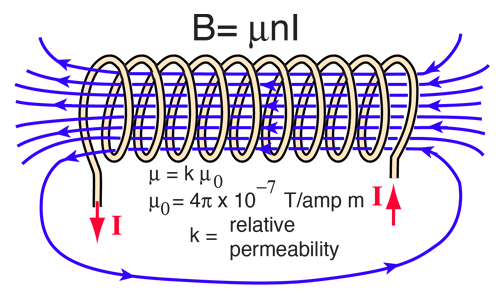Sort of makes me wonder why it took so long to do this OTL.
The relay was invented in the early 1830s in OTL as well, and it was very helpful in making telegraphy something that worked over great distances.
As for computers, probably because they had no preconceived ideas of what a computer was, and so there was no reason for them to develop electric ones.
In this timeline, Gustav III becomes obsessed with the Turk chess-playing automata (believing it to be a legitimate article), and so he starts paying a bunch of fine watchmakers money to try to build him a working one. They never come even close to accomplishing their tasks, but they do over time manage to reach more and more levels of complexity, and eventually they do put together very rudimentary programmable devices.
They are of course still toys, but now there exists the notion of a "programmable mechanical device". In the 1820s, the Bureau of Tabulations comes across them by accident, and soon begins commission the construction of programmable calculating machines for use in their Stockholm office. These looks very much like "difference engines". It doesn't go long before they start becoming very big and cumbersome to deal with and put together and keep functioning, getting all those wheels to spin.
Consequently, they begin looking into a way to make the wheels turn by electric power, because then you wouldn't need as many cog wheels, and it would be easier and more practical to make changes to the machinery. It is from hearing about this that Ørsted finds out about it.
Ørsted on the other hand feels that they aren't using the promise that electricity holds enough, and one rainy autumn morning, he happens to stumble upon a leaf on the grounds, which is slowly being washed through and inbetween the different cobblestones on the street. Realizing that you don't need the cog wheels at all, you can just let the flow, the current, be the conveyor of information, he comes up with these constructions.
And that's how electrical computing gets a very early kick-start.
This is nitpicking horribly, but would they really use the same kind of circuit diagrams?
Switch might be obvious and the relay coils match what it physically looks like,
but aren't the coils surrounding the switches so they might be shown on top of one another and why would ground have the same symbol?[/QUOTE]
Actually, they aren't. (In OTL) What Ørsted discovered was that when he let an electric current run through a wire, it made a compass needle change the direction in which it was pointing. That is, an electric current generates a magnetic field as illustrated here:
Making the wire into a coil and letting the current run through it, the magnetic field now looks like this:
You put the switch outside of the coil. When the current runs through the coil, the movable part of the switch is attracted by the magnetic field, and so is shut down, closing the circuit and letting another current run through it. (
This is of course all explained much better in CrashCourse's Computer Science series of videos on Youtube).
As for the symbols, yeah, they should probably be different, but I just really couldn't come up with anything that didn't seem contrived. I probably ought to revisit those some day.





